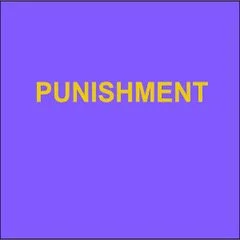By Gabriel Tarde. Translated by Rapelje Howell
From the Introduction by Piers Beirne. ”…. Tarde's interventions in criminology are among the most elusive in the discipline. One among several reasons for this is that he was an insular and often bitter antagonist who cultivated neither the allies nor the disciples required of a systematic intellectual legacy. Indeed, almost to the end of his life, Tarde was unique among French academics in that, despising the intellectual domination of the metropolis, he had no secure position within the all-powerful French university system. Tarde's self-imposed isolation has doubtless contributed to the unfortunate fact that his many intellectual, political, and organizational interventions in the formative years of criminology tend nowadays to be relegated to the status of little more than a footnote in intellectual history….”
New Brunswick. Transaction. 2001. 606p. CONTAINS MARK-UP





















